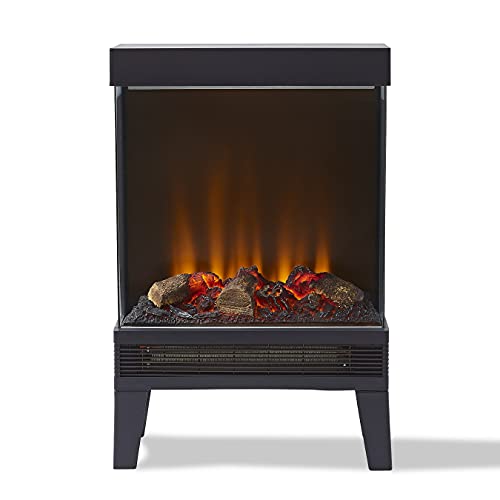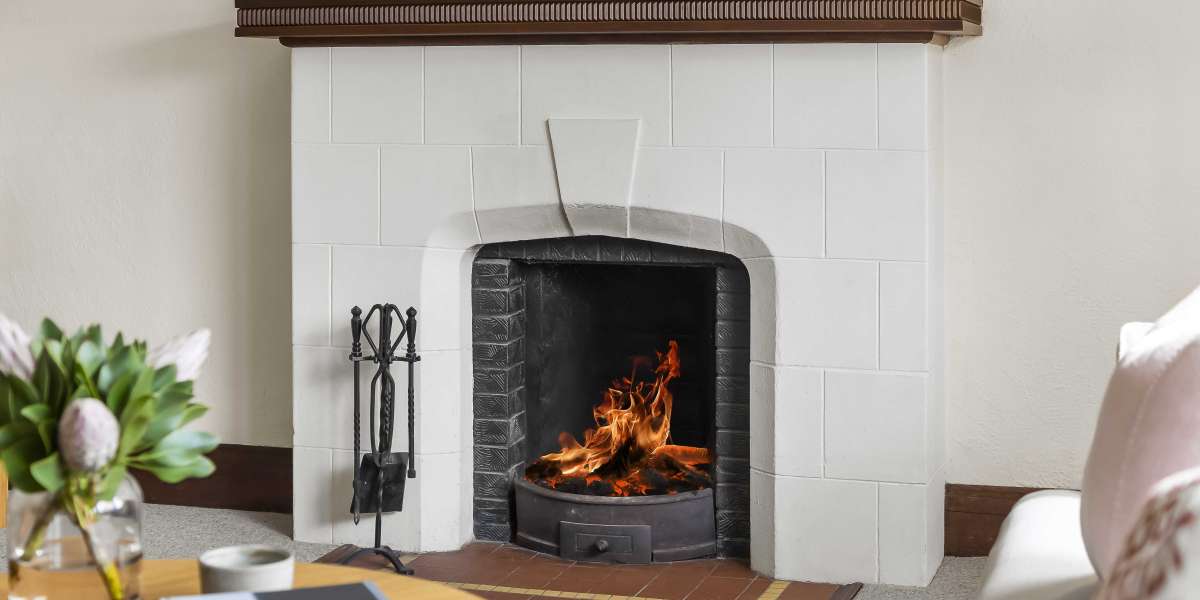If you're using a fireplace for aesthetics or warmth, choosing the perfect surround can give your living space a unique. But choosing a fireplace surround that complies with code and is safe can be a challenge.
Fortunately, these custom built surrounds are constructed using non-combustible materials that adhere to the National Fire Code. They look fantastic in any home style.
Simple Concrete Surround with Marble Slabs
A fireplace surround can be a focal point in an area and it can provide warmth and a sense of style. It is made with a range of materials and be designed to match different styles of design. Before you decide on a fireplace design it is important to consider the style and the budget of the space.
Marble fireplace surrounds are a sophisticated option that can be paired with a vast range of design styles. They can be coupled with rustic woods or modern metals to create a unique, contemporary style. Marble is easy to maintain and can withstand high temperature, making it a great option for a surround.
Stone is a classic material for fireplace surrounds that has a timeless appeal and is suitable for many homes. It can be carved or etched for contemporary appearance, or left untouched to give it a traditional feel. Stacked stone veneers can be used to add texture and depth to the interior of a room.
Granite is a very popular option for modern surrounds around fireplaces. It is durable and can withstand heat well. It is available in many colors and patterns so you can create different designs. Quartzite is another durable option that can be cut and made into a modern fireplace surround.
If you're a DIYer, making a fireplace surround made of concrete may be within your abilities. This project may seem daunting however it's more simple than you imagine when you collaborate with a professional and plan ahead.
A professional is also recommended when creating a marble fireplace surround because it requires particular attention to avoid damage. A skilled carpenter can help you avoid making mistakes that could cost you thousands of dollars in repairs.
If you plan to use tile as an interior fireplace surround, be sure that it is rated for high temperatures. This information is usually found on the label or ask an employee in the home improvement store.
Leaning Frame Surround
The fireplace's surround can transform a room. It's not only meant to look attractive, but also has a functional function, which is to protect the wall behind the fireplace from damage caused by fire and to reflect heat away from the room. It is available in a variety materials and can be customized for any style or decor.
The right material to use for an inclined frame surround is key to creating an intentional design. Concrete is an excellent option because it's extremely durable, nonflammable and has lots of visual appeal with its natural texture and color. It is usually poured in a mold to give you the possibility of making an original shape.
Layers are essential when creating your leaning frames. This makes the frame appear more planned as opposed to being randomly placed. If you intend to display heavy objects such as vases or lamps on frames that lean, put a piece of lining for a drawer made of rubber beneath the base. This will stop them from sliding off or damaging surfaces.
You could consider adding a wooden piece to the bottom of a concrete or a marble surround. This will help to keep it in its place. It will also lessen the weight and prevent the object from shifting while you sip your cup of wine or coffee in front of your fireplace.
After you have chosen the material, it is time to construct the actual piece. First, mark the new wall with the dimensions of the surround and use a sander to cut cleats on each of these marks. Make sure that the top cleat of the shelf is at least a foot shorter.
 Then, attach the brackets onto the wall. Make sure the bolts go through the backerboard and into the stud. Pre-drilling the screw holes is necessary if needed. Then put the mantel in a clamp that is temporarily on the backer board. Attach the mantel to the studs with the lag bolts (2-4 bolts per stud). Make sure the bolts are long and strong enough to cover the full thickness of the backerboard and 2/3 of the mantel's depth.
Then, attach the brackets onto the wall. Make sure the bolts go through the backerboard and into the stud. Pre-drilling the screw holes is necessary if needed. Then put the mantel in a clamp that is temporarily on the backer board. Attach the mantel to the studs with the lag bolts (2-4 bolts per stud). Make sure the bolts are long and strong enough to cover the full thickness of the backerboard and 2/3 of the mantel's depth.Black Firebox Surround
Fireplace surrounds serve both an aesthetic and functional function. They protect walls against heat damage, reflect some of the heat back into the room and make a fireplace a focal piece in the space. The most common materials for fireplace surrounds include wood and steel. Metal surrounds can be required by the building code to safeguard nearby combustible materials or they can improve the appearance of a fireplace.
The fireplace in this contemporary living area has a black firebox surround with white marble accents. The stone is more expensive and requires more care than wood, yet it adds an eye-catching design aspect to the space. The black finish also ties together the dark tones of the furniture and wood flooring for a cohesive look.
Concrete isn't just for sidewalks and driveways. It's also a versatile and attractive material that can be used to cover fireplaces. It can be cut into a variety of shapes and then poured into place, providing virtually unlimited design options. This concrete surround has been designed into a curved shape which gives it a sleek, modern look that contrasts with the darker tones of the wood floor and brick wall.
Wood is another popular material used for fireplace surrounds. It is available in a variety of colors and textures that will complement any decor scheme. Wooden surrounds are lighter and more affordable than masonry surrounds, and they can be made to match the color of your current hearth pad. Most wooden surrounds can accommodate decorative items for the mantel, such as lamps and vases.
Some wood surrounds include faceplates that cover the top of mantel and houses doors for fireplaces. The faceplate can be attached to the mantel using hinges or decorative fasteners that resemble the look of iron.
It is essential to take into consideration the height of your fireplace when selecting a mantel made of wood. Building codes require minimum clearance distances that prevent the spread of a fire into the home. This distance will vary based on the type of fireplace, and can vary from the country to the country or state to state.
Simple Wood Surround
There are a variety of options for surrounds if you wish to give your fireplace a classic style. Some surrounds are completely solid oak and others have a combination of materials including stone legs, paired with mantels made of oak or pine. You can also find pine or oak fire surrounds that are designed to be a simple and affordable alternative.
A lot of people opt to purchase a pre-made wood fireplace surround because it is an affordable way to achieve the look that they want without having to pay for the services of carpenters. The pre-made surrounds made of pine are available in a variety of finishes that allow you to blend them into your existing decor.
A hand-crafted wood fire surround made from high quality oak is also a popular choice. It can be stained to the light oak color or left untreated, allowing the natural light golden brown of the wood to shine through. This fireplace surround is suitable for gas or wood fireplaces. It is available in two styles: flat or arched.
There are numerous tutorials online for those who have more experience with DIY home improvement projects. They can help you make your own wooden fireplace surround. One example is this thorough step-by-step guide from H2O Bungalow that teaches you how to create an authentic wood surround using pine.
The tutorial explains how to build the horizontal portion of the fireplace surround first, then how to construct the vertical pilasters or columns that support the mantel. Once the pilasters or columns are finished then you can place your mantel. The tutorial will show how to install the crown molding, which will fill in any gaps between the wall's cladding and the surrounding wall.
It is important to follow the local fire code when putting in a wooden surround around a fireplace. It is recommended to keep the surround at least 6 inches from the edge of the opening. Use a non-flammable glue attach the decorative molding to the surround and make sure it stays in the correct position.







